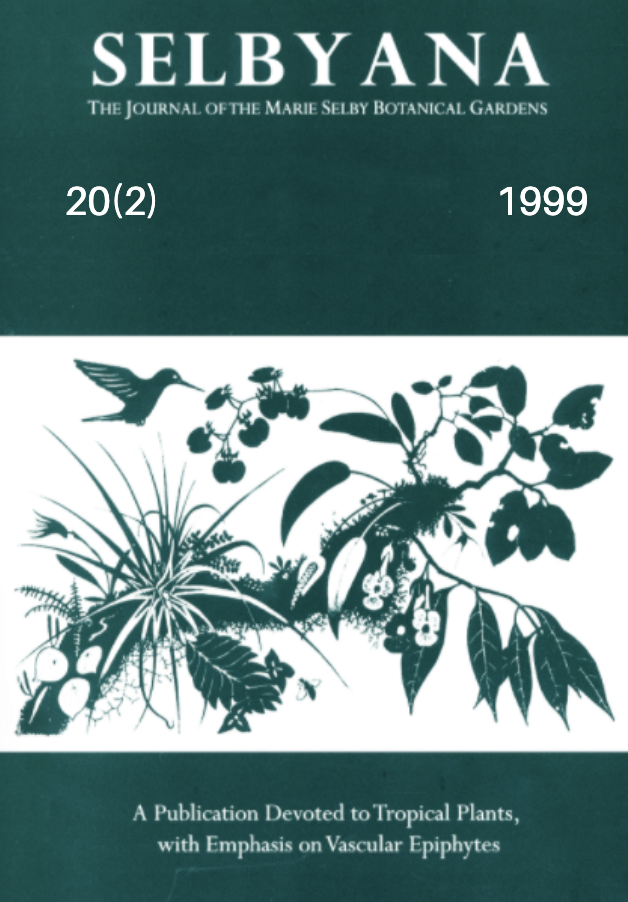Abstract
Arboreal arthropod communities in four forests along an anthropogenic disturbance gradient in Malaysia were sampled by fogging and changes at the ordinal level were analyzed. At least ten individuals of a single tree species from each forest type were fogged. These were two species of Euphorbiaceae from the primary forest and from the most disturbed forest, and a species of Verbenaceae in the two other secondary forests. The high constancy and low variance of the relative proportions of taxa in the crown communities found in primary rain forests was lost in the disturbed forests. Anthropogenic disturbances (e.g., extended clearings) led to fluctuations in rank abundances of taxa. The Formicidae lost their dominant rank in the most disturbed forest while Lepidoptera larvae, which were always rare in the primary forests, reached high abundances. During forest succession, the composition of taxa in the communities converged to the conditions of the primary forests. Short term colonization processes, which were investigated in every type of forest by carrying out five daily consecutive foggings of an individual tree, always displayed great variability. Coleoptera and Diptera, in addition to non-formicid Hymenoptera in the five-year-old forest, were dominant. During all daily foggings it was unforeseeable which group would be present in high numbers. This leads us to suppose that particularly strong stochastic influences are in effect during short term colonization.
Open Access and Copyright Notice
Selbyana is committed to real and immediate open access for academic work. All of Selbyana's articles and reviews are free to access immediately upon publication. There are no author charges (APCs) prior to publication, and no charges for readers to download articles and reviews for their own scholarly use. To facilitate this, Selbyana depends on the financial backing of the Marie Selby Botanical Gardens, the hard work and dedication of its editorial team and advisory board, and the continuing support of its network of peer reviewers and partner institutions.
Authors are free to choose which open license they would like to use for their work. Our default license is the Creative Commons Attribution-NonCommercial 4.0 (CC BY-NC 4.0). While Selbyana’s articles can be copied by anyone for noncommercial purposes if proper credit is given, all materials are published under an open-access license with authors retaining full and permanent ownership of their work. The author grants Selbyana a perpetual, non-exclusive right to publish the work and to include it in other aggregations and indexes to achieve broader impact and visibility.
Authors are responsible for and required to ascertain that they are in possession of image rights for any and all photographs, illustrations, and figures included in their work or to obtain publication or reproduction rights from the rights holders. Contents of the journal will be registered with the Directory of Open Access Journals and similar repositories. Authors are encouraged to store their work elsewhere, for instance in institutional repositories or personal websites, including commercial sites such as academia.edu, to increase circulation (see The Effects of Open Access).
